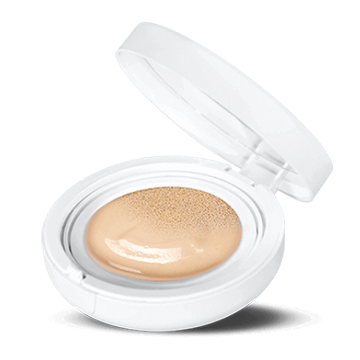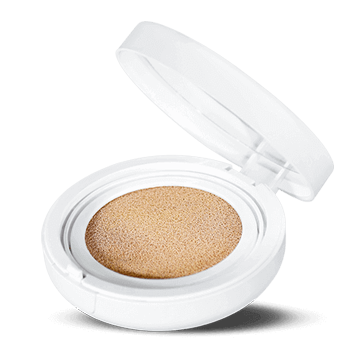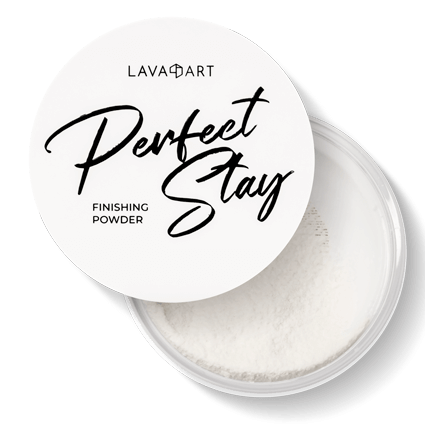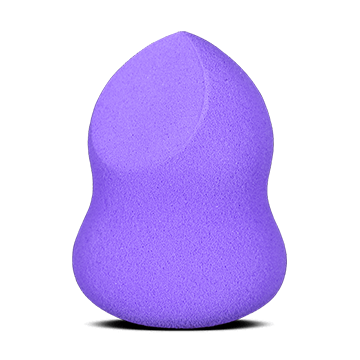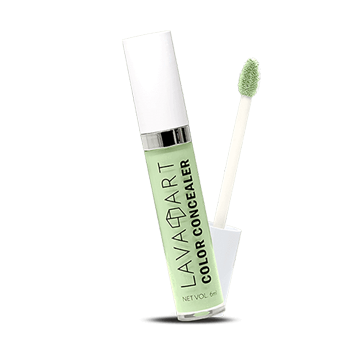You take good care of your skin and dutifully go through your skincare routine every night to try and prevent skin problems like fine lines and other signs of ageing, acne, or dryness.
So it’s annoying when you look in the mirror in the morning and discover… what is that? It kind of looks like a whitehead, but it doesn’t respond to acne treatment and when, as a last resort (!) you try to pick on it, nothing happens. A quick Google search reveals it’s a milia.
What Are Milia?

Milia form when keratin (the substance that makes up your hair and nails) gets trapped under the skin. They happen when for some reason, your skin doesn’t naturally exfoliate and dead skin cells become trapped under the new skin. This usually occurs due to sun damage, long-term steroid usage or simply excessive use of face products that clog your pores.
People of any age can get them — especially newborns — and they aren’t necessarily a sign of poor hygiene.
How Can I Treat Milia?
Milia typically disappear on their own eventually after a few weeks or months. In the meantime, whatever you do, don’t pick at them!
If your milia aren’t going away though, you can always visit your dermatologist. One possible treatment to consider is called “de-roofing” (which, yes, is something that you’d see Dr Pimple Popper doing). It’s not scary, though, and definitely won’t be as gross as the other procedures she does.
For de-roofing, your dermatologist will remove the little piece of skin trapping the keratin using a sterile needle. The “sterile” part is the key here — if you tried to do this at home, your needle would almost definitely not be sterile, which puts you at risk of infection. It doesn’t hurt your dermatologist will choose the most sensible option for you and your skin.
How Can I Prevent Milia?
Unfortunately, milia cannot be 100% prevented. But there are a few things you can do to reduce the likelihood of seeing them on your face any time soon.
Gentle Exfoliation
Since milia appear when your skin loses its ability to exfoliate properly, you can give your body a boost from the outside with regular and gentle exfoliation. Also, consider washing your face with a non-comedogenic cleanser. Bonus points for a sensitive skin cleanser without irritating fragrances or harsh chemicals.
Choose Lightweight Face Cream
If you prefer thick-textured skincare products, you may want to rethink your choice as thick & rich creams can clog up your pores and prevent your dead skin cells from shedding. Choosing a lightweight face cream that nourishes and hydrates your skin without leaving it oily and sticky could go a long way toward preventing and even treating milia.
Don’t Forget the Sunscreen
Yes, that old chestnut. We can’t stress enough how important it is to wear sunscreen, sun or no sun, as the list of skin problems related to sun damage goes on, and on, and, on. Prolonged and unprotected exposure to the sun can dry out your skin, making it harder for dead skin cells to slough away.
Final Thoughts
If you notice milia on your face, don’t panic. They’re not permanent, don’t cause any medical issues, and usually don’t stick around for too long anyway. Don’t pick on it or try to remove it yourself either, as it can cause irritation, scarring and even become infected and turn into something a lot nastier.



